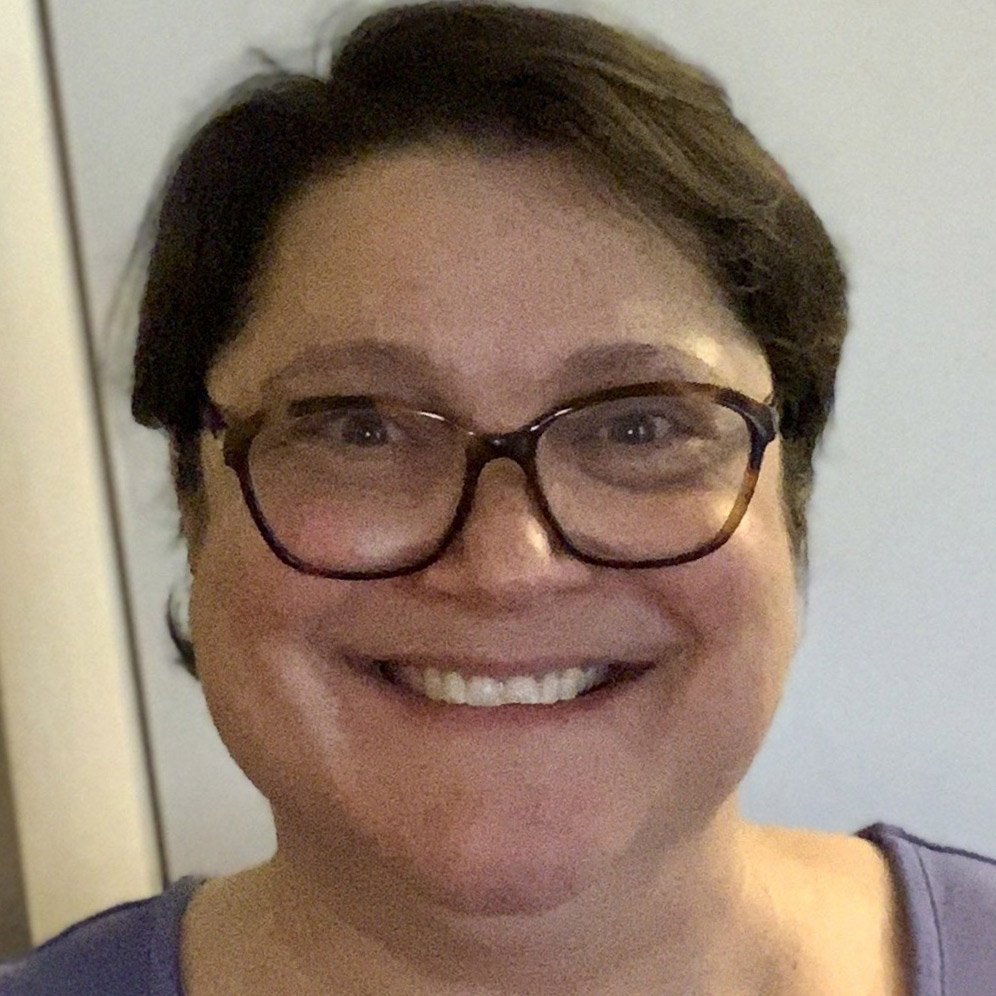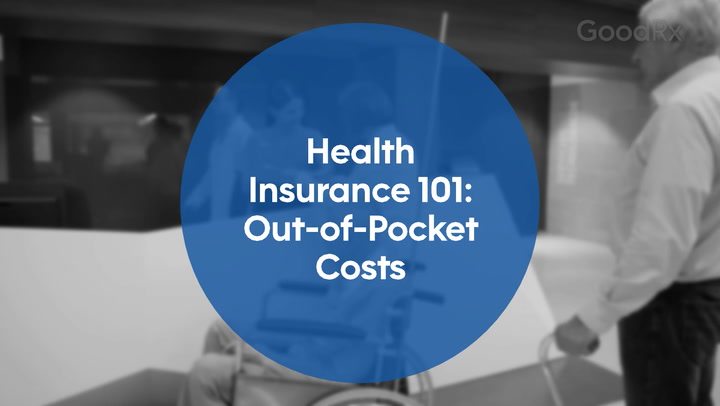
What Is an Exclusive Provider Organization (EPO) Healthcare Plan?
Key takeaways:
An exclusive provider organization (EPO) is a managed-care health insurance plan for individuals and families.
EPOs have features of both HMOs and PPOs. You can think of an EPO as a hybrid of the two.
EPOs rely on in-network doctors, as HMOs do. Like PPOs, EPOs may not require you to have a primary care physician or get specialist referrals. Except for emergencies, EPOs dictate that you pay for any out-of-network care out of pocket.

Choosing a managed healthcare plan can be tricky. All the options in front of you have their pros and cons, and the differences between the plan types aren’t always easy to spot.
It can be extra confusing when you’re considering health insurance from exclusive provider organizations (EPO) plans. That’s because EPOs combine features of both HMOs and PPOs — but have a few important differences.
What is an EPO?
An exclusive provider organization is a type of managed healthcare plan. It’s in the same family as the health maintenance organizations (HMOs) and preferred provider organizations (PPOs) you already know.
Search and compare options
EPOs have been around for decades. They spun off from PPOs in the mid-1980s as a less expensive version of PPO insurance. Nowadays, EPOs are increasingly available on state insurance exchanges. Their share of the market more than doubled (13% to 27%) between 2017 and 2020.
Like PPOs, EPOs give you some flexibility in choosing your providers — but you must stay within the plan’s network of preapproved doctors, dentists, specialists, and medical facilities. For everyday healthcare, if you use out-of-network providers, you have to pay 100% of the costs. (Emergencies are an exception.) In this way, an EPO is like an HMO.
How does an EPO work?
With an EPO, you pay a monthly premium for your coverage. That payment allows you to visit any doctor, dentist, specialist, or facility in the EPO’s network.
In the network, doctors and facilities accept prearranged service fees to cover your visit. The fees may take the form of copays or coinsurance at given cost-sharing percentages.
Your EPO may or may not require you to name a primary care physician (PCP). Either way, you typically don’t need a referral to see a specialist. You can just choose one within the network.
You’ll likely need to get prior authorization for certain tests or services. Many insurance companies require this to keep their costs down.
Read more like this
Explore these related articles, suggested for readers like you.
Emergency care is covered at your in-network cost-sharing rates, even at an out-of-network hospital. However, your plan will impose its own definition of “emergency.” Plan documents should specify what expenses need to be preauthorized.
Are there out-of-pocket costs with an EPO?
Like all healthcare plans, EPOs do have some out-of-pocket costs:
Deductible: Your deductible is the annual amount you’ll need to pay for eligible healthcare expenses before your insurance coverage kicks in. EPOs tend to have higher deductibles than HMOs.
Copay: This is the amount you’ll pay for a covered service, such as visiting a doctor, specialist, or emergency room. Copay amounts are often written on your insurance card. For example, seeing a doctor may cost $35, and a visit to the emergency room could be $125.
Coinsurance: This is your share of eligible healthcare expenses after you hit your deductible. For instance, if your EPO has a 75/25 coinsurance split, your insurer will cover 75% of eligible costs, and you will pay the remaining 25%.
As for monthly premiums, EPOs tend to be lower than PPOs.
In certain scenarios, you could find that your network is too narrow, meaning you could end up with a total annual cost above what you’d have with an HMO or a PPO.
For example, you might find that your network providers don’t offer a treatment that you need. If not authorized, or if you have to use an out-of-network provider, that procedure’s cost will be your responsibility. Depending on the details of your diagnosis and care, your out-of-pocket costs could run very high.
However, you can apply for a network gap exception in that situation. If you can get that procedure authorized by your insurance carrier, the plan will pay the in-network cost for it.
When considering an EPO, you’ll want to look at the members of its network and run the numbers to estimate your possible costs. If you travel often, check to see how — or if — a plan will cover any medical costs when you’re away from your local area. It may be helpful to call the plan carrier to make sure a particular healthcare provider is in your network and discuss plan specifics.
What are the benefits of EPO insurance?
No third-party referrals needed. EPOs allow you to see in-network specialists and other providers without a referral from your PCP.
Coordinated care, if you want it. Though not all EPOs require a PCP, having one can be useful. A PCP will help you manage your care and communicate with specialists about your health history. You aren’t responsible for filing claims.
Emergency costs are covered. If you get emergency care from out-of-network providers, you pay for that care at in-network cost-sharing rates. Note that this benefit may require you to contact your plan within, say, 48 hours of visiting the ER, for example.
What are the drawbacks of an EPO?
Limited options for full coverage. EPOs with low premiums may have narrow networks, giving you fewer doctors, specialists, and facilities to choose from.
You may have to change doctors. Depending on your network, your current doctor or other care providers may not be available to you.
Who qualifies for an EPO insurance plan?
EPO plans are available to individuals and families who get their insurance coverage through employers (if offered) or on the health insurance marketplace. EPOs aren’t as common as HMOs and PPOs, but, as of 2020, 27% of plans on the Healthcare.gov marketplace and state exchanges were EPOs. They’re also offered by 33% of the largest employers (those with 5,000 or more workers).
Medicare Advantage plans do not offer EPO options.
Who are EPO plans best for?
The hybrid arrangement of an EPO may appeal to your lifestyle and needs if:
You want slightly more flexibility in choosing providers. If you want to see in-network specialists without getting a referral from your PCP, you may like having that option.
You don’t travel much outside your local area. Though some EPO providers may offer you national network coverage when you’re away from home, many don’t.
You want the option of coordinated care. With many EPO plans, you can choose a PCP even though they aren’t required for referrals. Seeing that familiar face for your routine medical needs can be soothing, and then the PCP can recommend certain in-network specialists if you need them.
What are the differences between PPOs, HMOs, and EPOs?
|
EPO |
HMO |
PPO |
|
|
Full name of plan |
Exclusive provider organization |
Health maintenance organization |
Preferred provider organization |
|
Does the plan rely on a network of providers? |
Yes |
Yes |
Yes |
|
Is a PCP required? |
Depends on plan, often yes |
Yes |
No |
|
Do you need a referral to see specialists? |
Depends on plan, often no |
Yes |
No |
|
Do you need to file claims paperwork? |
Depends on plan |
No |
Yes |
|
Can you get coverage for out-of-network providers? |
Only in a medical emergency |
Only in a medical emergency |
Yes |
|
What are the costs of seeing out-of-network providers? |
You must pay all costs (except covered emergency fees) out of pocket |
You must pay all costs (except covered emergency fees) out of pocket |
You typically pay a higher rate of coinsurance than for in-network care |
Can you combine an EPO plan with an HSA?
Yes, in certain cases. Health savings accounts (HSAs) allow you to save pretax dollars and use them for many out-of-pocket medical costs. But to have one, you must enroll in a qualifying high-deductible healthcare plan (HDHP).
In 2022, according to the IRS, HDHPs must have deductibles of at least $1,400 for an individual or $2,800 for a family. Deductibles may not exceed $7,050 or $14,100, respectively.
Some EPOs will qualify as HDHPs. If yours does, you can pair your EPO policy with an HSA.
The bottom line
An EPO takes certain strengths of PPO and HMO plans and combines them. These plans can be a solid option for people who want a bit more flexibility than HMOs offer but don’t need the out-of-network coverage of PPOs. EPOs also cover all emergency care at in-network prices.
Why trust our experts?


References
Aetna. (n.d.). HMO, POS, PPO, EPO and HDHP with HSA: What’s the difference?
Avalere. (2019). 2020 exchange plan networks are the most restrictive since 2014.
BlueCrossNC.com. (2020). Choosing a plan, paying for care, and saving on costs: Know the basics.
CDPHP.com (n.d.). EPO member tipsheet.
Cigna. (n.d.) Exclusive provider organization (EPO).
HealthCare.gov. (n.d.). Health insurance plan & network types: HMOs, PPOs, and more.
IRS.gov. (2021). Publication 969 (2021), Health savings accounts and other tax-favored health plans.
KFF.org. (2019). 2019 employer health benefits survey.
Morrisey, M. (2013). Health insurance, second edition. Health Administration Press.
MyHealthKC.com. (n.d.). A guide to understanding health insurance.
Polsky, D. et. al. (2016). Marketplace plans with narrow physician networks feature lower monthly premiums than plans with larger networks. Health Affairs.
TuftsHealthPlan.com (n.d.). Out of network savings program when traveling.



























